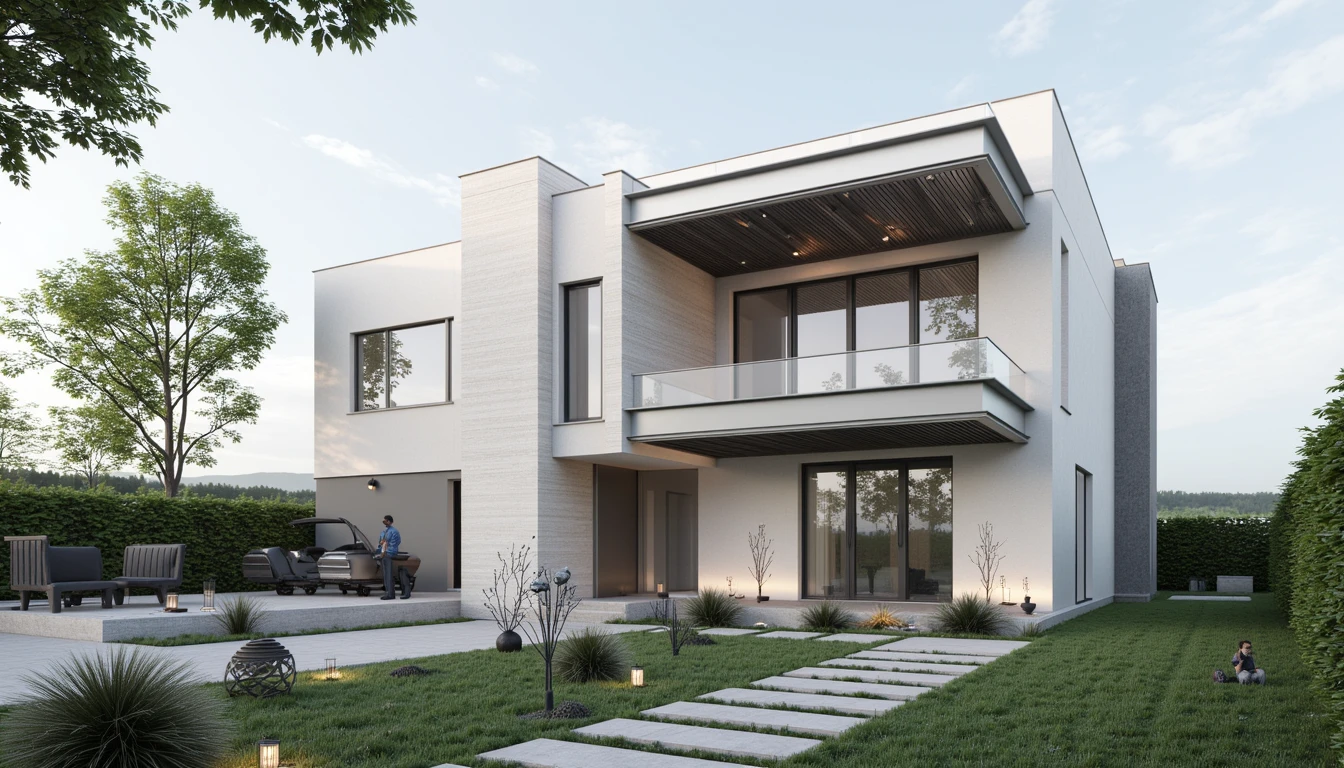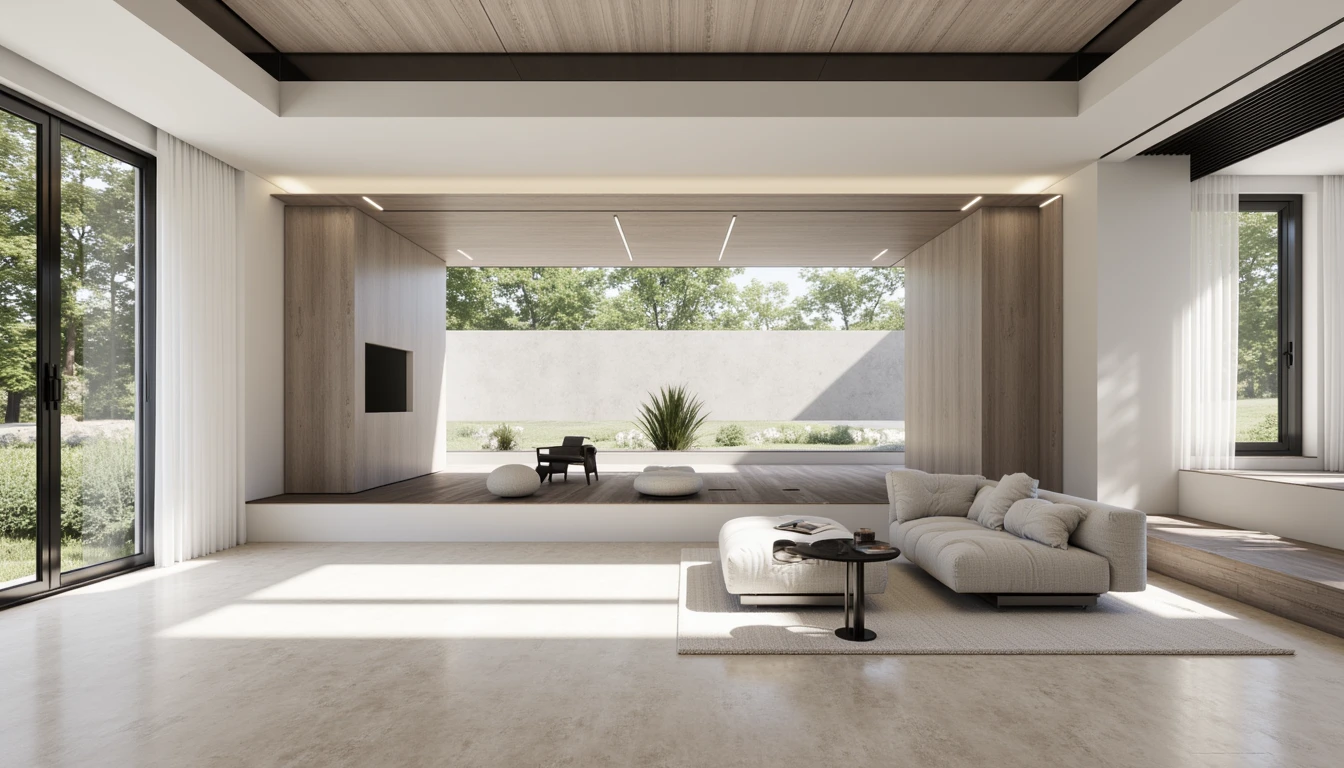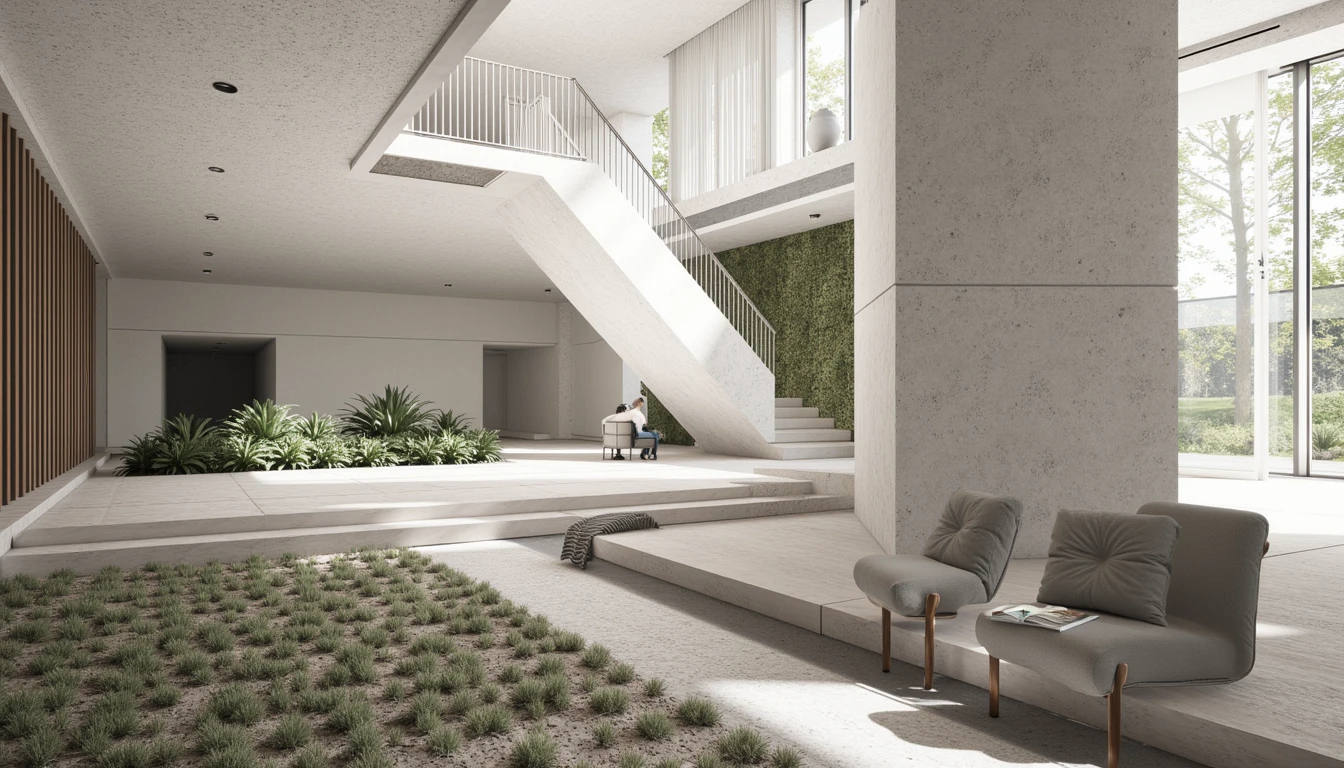Introduction

Architectural visualization has undergone a significant transformation in recent years, moving from static 2D blueprints and physical models to immersive, interactive 3D experiences. Web-based 3D visualization is at the forefront of this revolution, democratizing access to sophisticated presentation tools and fostering greater collaboration between architects, clients, and other project stakeholders. This technology empowers architects to communicate their designs with unprecedented clarity and impact, fostering a deeper understanding and appreciation of the project's vision.
The Rise of Web-Based 3D Visualization
Accessibility and Collaboration
Unlike traditional methods that required specialized software and powerful hardware, web-based 3D visualization platforms are accessible from any device with an internet connection. This eliminates the need for costly software licenses and high-performance computers, enabling clients, contractors, and even community members to easily access and interact with the 3D model. This accessibility facilitates seamless collaboration, allowing stakeholders to provide feedback and contribute to the design process in a more efficient and effective manner.
Interactive Storytelling
Web-based 3D visualization allows architects to create compelling narratives around their designs. Interactive elements, such as virtual tours, animated walkthroughs, and dynamic lighting simulations, bring the project to life, enabling viewers to experience the space as if they were physically present. This immersive storytelling approach enhances client engagement and fosters a stronger emotional connection with the design, ultimately leading to greater project satisfaction.
Cost-Effectiveness and Efficiency
By leveraging cloud-based platforms, web-based 3D visualization significantly reduces the time and cost associated with creating presentations. Changes to the design can be implemented quickly and easily, eliminating the need for time-consuming revisions to physical models or rendered images. This streamlined workflow allows architects to iterate faster and respond more effectively to client feedback, optimizing project timelines and budgets.
Key Features and Benefits

Real-time Rendering and Feedback
Modern web-based platforms offer real-time rendering capabilities, allowing users to explore the 3D model and make changes on the fly. This interactive feedback loop accelerates the design process and ensures that the final product aligns perfectly with the client's vision. Furthermore, the ability to visualize different design options in real-time empowers clients to make informed decisions with confidence.
Integration with BIM and other Design Tools
Web-based 3D visualization platforms seamlessly integrate with Building Information Modeling (BIM) software and other design tools, enabling architects to import and export data effortlessly. This interoperability streamlines the workflow and ensures data consistency across all project phases. Moreover, it allows for the creation of rich, data-driven visualizations that provide valuable insights into building performance and other critical aspects of the project.
Mobile Compatibility and VR/AR Integration
The increasing prevalence of mobile devices has further democratized access to architectural presentations. Web-based 3D visualization platforms are optimized for mobile viewing, allowing clients and stakeholders to access the model from anywhere, anytime. Furthermore, integration with virtual reality (VR) and augmented reality (AR) technologies offers even more immersive and engaging experiences, further blurring the lines between the digital and physical worlds.
PropTech Solutions Driving the Revolution
Cloud-Based Platforms and Software as a Service (SaaS)
The rise of cloud computing has been instrumental in the proliferation of web-based 3D visualization tools. Cloud-based platforms and SaaS models offer flexible and scalable solutions that cater to the needs of architectural firms of all sizes. This eliminates the need for upfront investments in expensive hardware and software, making advanced visualization technologies accessible to a wider range of users.
Artificial Intelligence (AI) and Machine Learning (ML)
AI and ML are playing an increasingly important role in automating various aspects of the visualization process, such as material selection, lighting optimization, and even design generation. These technologies empower architects to focus on the creative aspects of their work while leaving tedious tasks to intelligent algorithms, further enhancing efficiency and productivity.
Industry Insights and Future Trends

The Metaverse and Immersive Experiences
The metaverse is poised to revolutionize the way we interact with the built environment, and web-based 3D visualization will be a key enabler of this transformation. Architects will be able to create immersive virtual experiences that allow clients to explore and interact with their designs in unprecedented ways, fostering deeper engagement and understanding.
Digital Twins and Building Lifecycle Management
Web-based 3D visualization is becoming an integral part of building lifecycle management, enabling the creation of digital twins that provide a virtual representation of the physical asset. This allows stakeholders to monitor building performance, optimize operations, and plan maintenance activities more effectively, ultimately leading to greater cost savings and improved sustainability.
Sustainability and Environmental Analysis
Web-based 3D visualization can be used to simulate and analyze the environmental impact of building designs, enabling architects to make informed decisions that minimize energy consumption and reduce carbon emissions. This focus on sustainability is becoming increasingly important as the industry strives to create more environmentally responsible buildings.
Conclusion
Web-based 3D visualization is transforming the architectural landscape, empowering architects to communicate their designs with greater clarity, efficiency, and impact. By democratizing access to powerful visualization tools, this technology is fostering greater collaboration, enhancing client engagement, and driving innovation across the industry. As the technology continues to evolve, we can expect to see even more immersive and interactive experiences that further blur the lines between the digital and physical worlds, shaping the future of architectural presentations and the built environment itself.